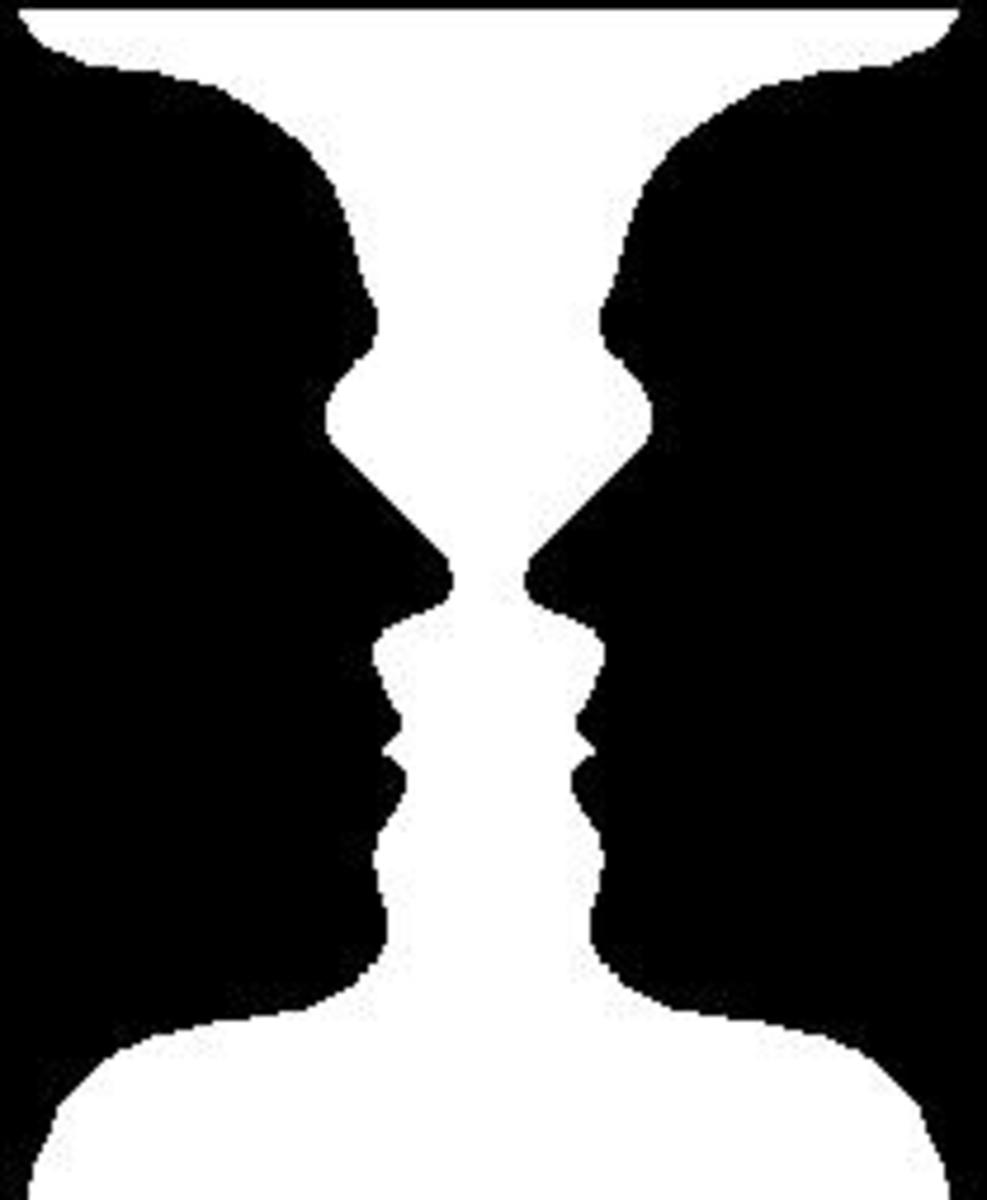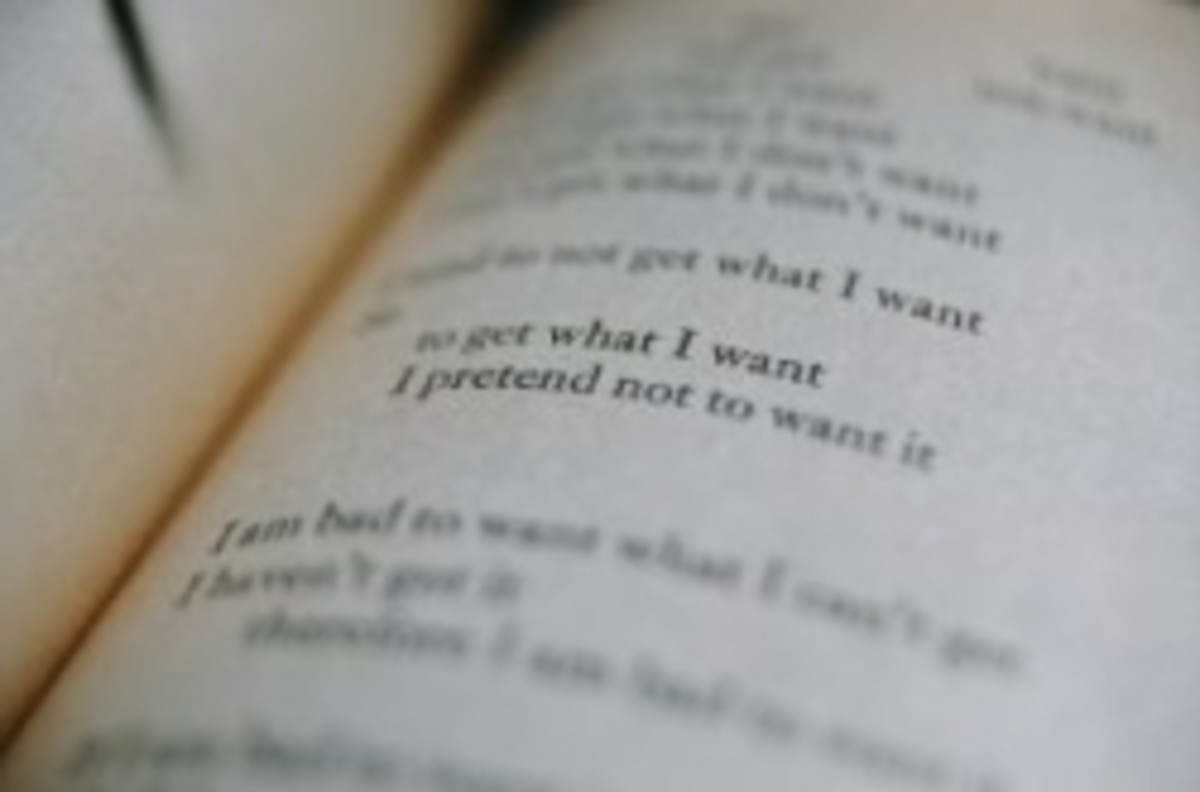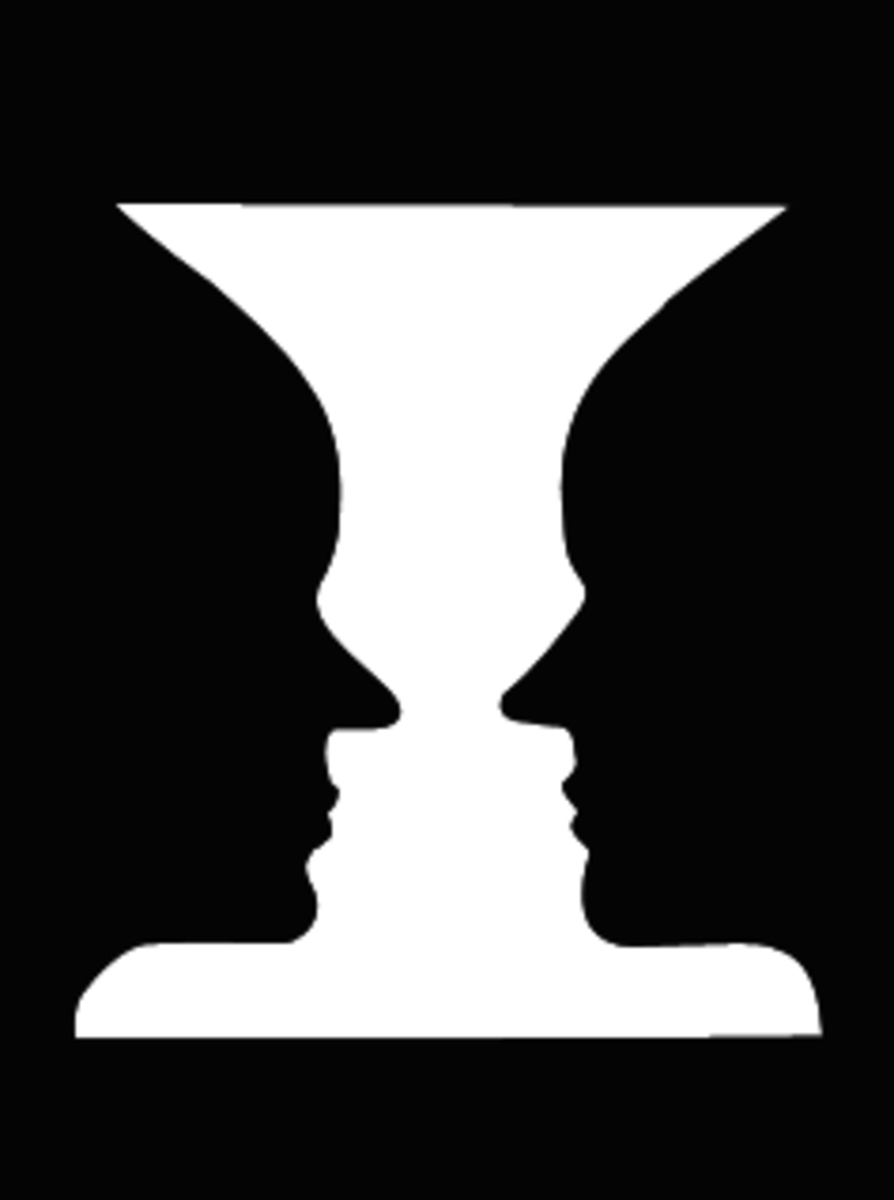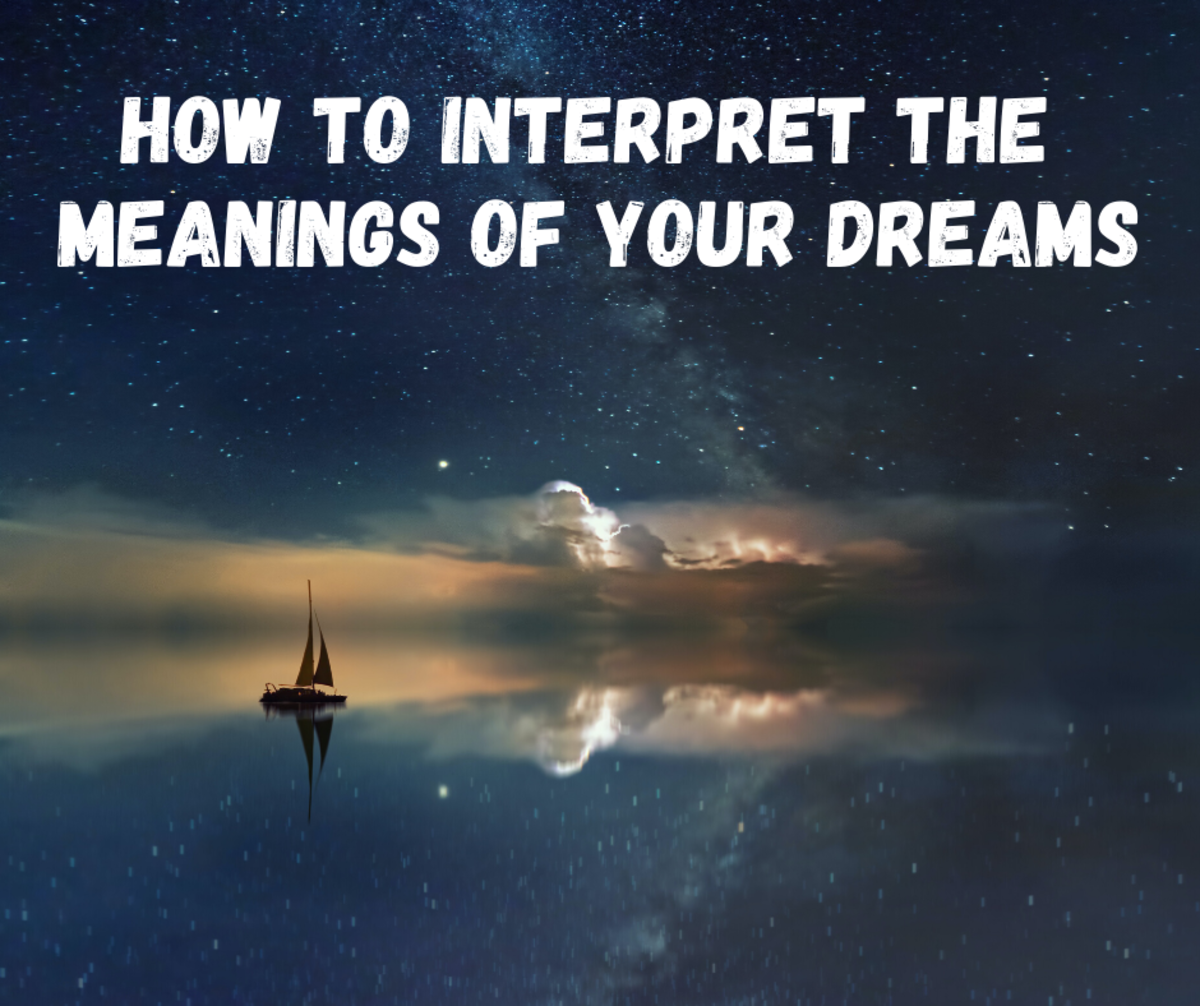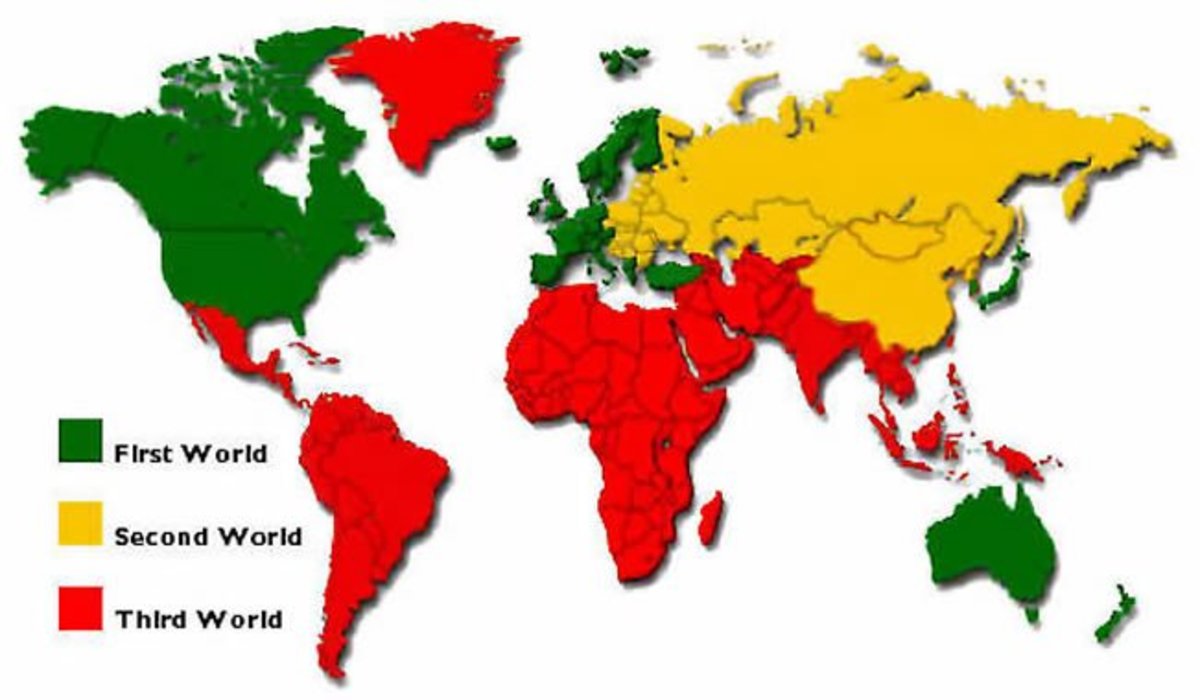Seeing: Interpretation and Perception
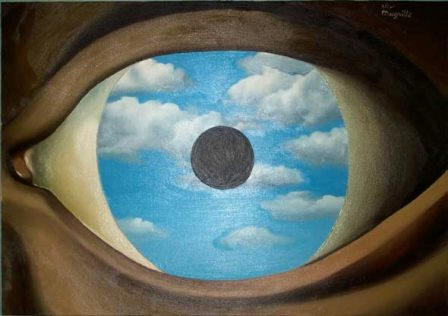
- Eye Anatomy, How Eyes Work, Parts Of The Eye
All about the human eye, its anatomy and parts, how each part of the eye works.
Seeing...it's a strange phenomenum. In a nutshell it's being able to receive and interpret information about our surroundings through a camera-like lens connected by pathways to the brain.
When light enters the eye it hits the receptor cells of the retina - this causes a chemical reaction which in turn creates electrical impulses that travel through the optic nerve to the brain.
There is no evidence of eyes before the Cambrian explosion - a period of reiatively rapid evolutionary activity that occurred over millions of years and produced a wide variety of plant and animal species.
The first eye-like structure was probably a mere light-sensitive area of the skin and as it would very likely have been advantageous to discern light from darkness, random changes would have occurred over a long period of time to create a complex eye structure. A more comprehensive description can be found here:
The evolution of sight is fascinating, but how much do we see with our eyes and how much with our brain?

Eye and Brain
The human eye is the mechanism by which we see but it is really our brain that does the seeing. Everything that we are able to perceive is processed via our brain. Furthermore, even If our vision is altered a little, our brain compensates for the difference and still allows us to see things as normal. In 1896, scientist George Stratton conducted a famous experiment, in which he wore specially designed glasses that inverted his visual field of view. For a while everything was upside down as expected but after a period of days his visual field appeared normal; in effect the brain had adapted and turned everything the right way around.
Perceptual Set
A big part of how we see has to do with what we expect to see. An expectation of how things will appear, based on prior experience, helps us to interpret information more rapidly and make sense of the world. This predisposition to see things a certain way is known as perceptual set and it's a fascinating aspect of seeing.
There are several factors that can influence our visual expectations and some of these include our emotional state, cultural background, prior experience, context and motivation. A striking example of how cultural experience can affect perception was seen in the Malawi people, in a remote village community in Tanzania, Africa. Before the Malawi had access to photographs, they were shown a black and white photo of a dog. Desptie the fact that they owned dogs themselves and were familiar with every feature of a dog, they had great difficulty identifying one in the photograph, even when the dog's individual features were pointed out. This is because the Malawi people had no experience with two dimensional images - their brains had not been 'trained' to interpret a flat image like a photograph, thus the dog photograph was not part of their perceptual set.
Our emotional state can affect how we see things in a number of ways. For example, if we've just seen a particularly disturbing horror film at the cinema, when we return home and enter a dark house we may see shadows, shapes and forms that take on a sinister turn; we may not interpret a hatstand as a hatstand but as a man lurking in the corner. Similarly, our own motivations may influence our perceptual set. Sometimes we see what we want to see, rather than what is actually there. For this reason, two individuals may interpret the same event quite differently because their motivations (interests, ambitions, desires) have led them to interpret things in a certain way.
Missing a Mountain
Although visual preconceptions help us make sense of the world more easily, they can also cause us to make mistakes. - sometimes with catastrophic results. A terrible example of this happened in 1979 when an Air New Zealand flight crashed into Mount Erebus in Antarctica. The black box (cockpit voice recorder) retrieved from the crash revealed that just moments before impact the pilot and co-pilot were casually sighting and discussing landmarks, yet apparently failed to notice the 3794-metre mountain looming up ahead. How could this be..? According to the findings of the Royal Commisssion which investigated the crash, the pilots saw only what they expected to see and not what they didn't expect. It seems the pilots believed they were flying over a massive, level ice shelf hundreds of kilometres away from any mountains; they simply didn't see it. A phenomenum called 'white out', where clouds and snow covered terrain merge, obscured the mountain and there were just enough visual cues in the level snowscape to assure the pilots they were seeing exactly what they expected to see.
Distorted Room Illusion


Distorted Reality
Occasionally, injury can interfere with our visual perception and create some very strange set perceptions. In his fascinating book of neurological case studies -The Man who Mistook his Wife for a Hat, neurologist Oliver Saks described a man who suffered from visual agnosia, a condition whereby the brain cannot make sense of normal visual stimuli - making the recognition of familiar faces and objects extremely difficult.
As Saks describes it, Dr. P was a talented musician, who because of his visual agnosia, suffered great confusion with his visual images and couldn’t recognize things around him, even his own face. Such confusion caused a serious distortion of reality, causing him to act bizarrely. For example, he was prone to grabbing his wife’s head because he thought that she was a hat. Strangely, Dr. P was unaware of his visual deficiencies.
In the BBC documentary Brain Story, Gisela Leibold revealed that she is unable to see moving objects as a result of stroke which damaged specific areas of her brain. The ability to see objects moving through space is of course a vital aspect of seeing and this deficiency prevents her from enagagng in many ordinary actions, such as crossing the street or drinking a cup of coffee. Even a simply action like turning on a tap can be a disconcerting experience for Gisela, as the liquid appears frozen.
Such cases illustrate that, no matter how perfect the structure of our eyes may be, if the vital pathways in the brain are damaged, so too, is our perception of reality. Seeing really is all in the mind.
The Vision of Van Gogh
Sometimes visual disturbances can heighten reality and perhaps even enhance creativity. Van Gogh was believed to have suffered from epilepsy and if so, damage to the temporal lobe (where sensory integration takes place) may have created a different sensory experience for the artist - he may, for example have seen colours and light with a greater intensity. This is conjecture, although people with certain types of epilepsy have reported experiencing a different sensory perception than normal; such as vivid distinct colours, sharper outlines and greater separation between objects.
There is some evidence that temporal lobe epilepsy can distort perceptions; sometimes even leading to hallucinatory spiritual and religious experiences and indeed Van Gogh was consumed buy an extreme religious intensity, particularly toward the end of his life.
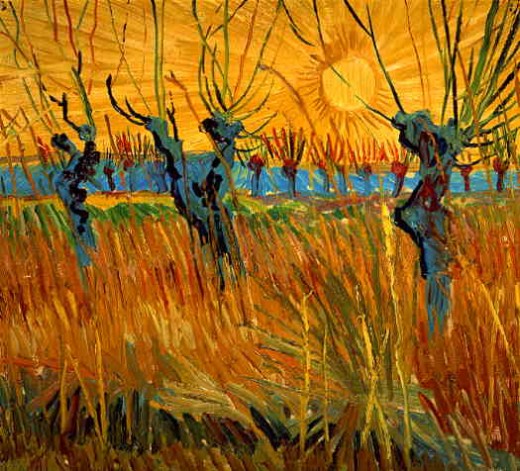
Blind From Birth and Sight Restoration
Although the numbers are relatively few, as far back as AD1020, there have been documented cases of people who have recovered their sight many years after having been completely blind since birth. Bllnd people do not have a visual perceptual set but rather develop a kind of tactile vision that helps them make sense of the world.
Because of this tactile adaption, it's difficult for those with newly restored sight to make sense of the visual world - they have to be trained to see the objects around them the way regular sighted people do and even then it's not certain they see in completely the same way. In his blog, science writer Dave Munger cites the example of an Indian woman who had had her sight restored at age twelve. Although she could perform the same tasks (requiring sight) as everyone else, taking just a few seconds longer - according to Munger; "She wasn't quite as good at recognizing faces (though she still was more than 75 percent accurate), and she had a peculiar difficulty in judging gaze direction."
Cognitive Daily
If vision is lost in infancy, when the brain is particularly adaptable, a variety of new sensory functions move into the visual cortex. Interestingly, recent research has shown that when sight is restored in such people, the adapations didn't just go away but rather continued working alongside the newly gained visula responses, even after many years of sight.Yet more evidence of the brain's plasticity - that is, its amazing ability to adapt and form lasting new connections.
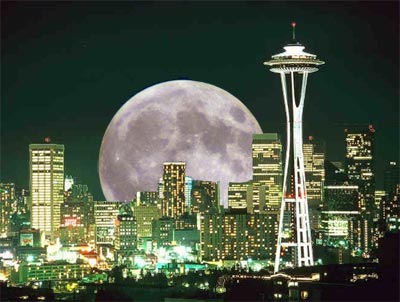
Optical Illusions
Although generally our visual perception of the world closely matches the physical reality, sometimes our visual perspective can be distorted by an illusion. When the moon is low in the sky, for example we perceive it as much larger than when it is high yet the moon's size hasn't changed at all. Optical illusions demonstrate just how important the brain is in interpreting the visual world for us. Interestingly, even when we are shown somethiing ids an illusion - such as the moon in relation to it's position in the sky, we still can't help seeing it just as powerfully as when we frst saw it. We can't see the moon as smaller. An explanation of the moon illusion can be found here:
Experiments in Seeing
The optical illusion below is from Micheal Bach's mesmerising website:
90 Visual Phenomena & Optical Illusions
As Bach notes, most optical effects "have their basis in the visual pathway, not in the optics of the
eye". Such phenomena highlights both the adaptiveness of our visual system and the way it can be artificially manipulated. To quote Bach from his website:
Optical illusion« sounds pejorative, as if exposing a malfunction of the visual system. Rather, I view these phenomena as bringing out particular good adaptations of our visual system to standard viewing situations. These adaptations are »hard-wired« in our brains, and thus under some artificial manipulations can cause inappropriate interpretations of the visual scene. As Purkinje put it: »Illusions of the senses tell us the truth about perception« (cited by Teuber 1960).
Concentrate on the centre of the picture below. 'Scintillating activity' will build up in the violet and blue ring and things will begin to “run around in circles”.
Enigma
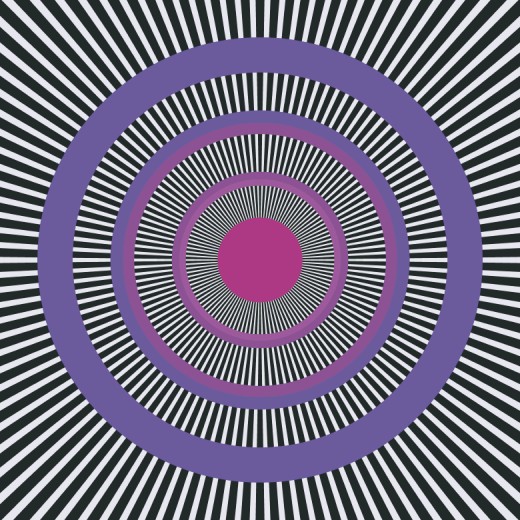
Spinning Dancer
Sidewalk Art
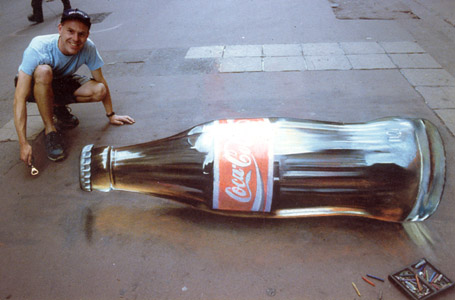
Impossible dice

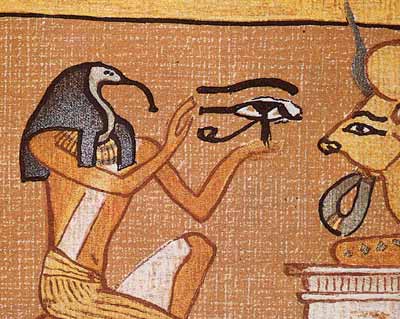
Sources
John Grivas and Linda Carter, Psychology Ch.3
BBC, Brain Story
New Scientist Website
LINKS
- The Plastic Brain
If the science writers are to be believed, a hot topic in the field of neuroscience at the moment is the brains incredible plasticity--that is, its ability to grow, adapt and re-map itself, depending on the... - Eye Color in Humans
The coloured part of the eye, the iris has three layers - a thin back layer, a thicker spongy middle layer (stroma) and a thin front layer. The stroma is made of proteins called collagen which scatters light...



